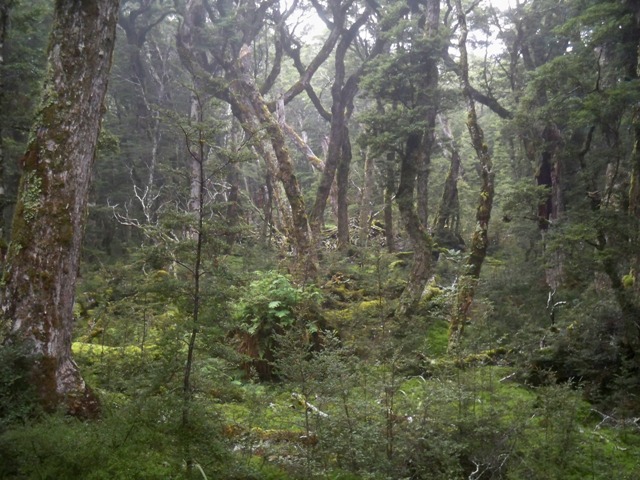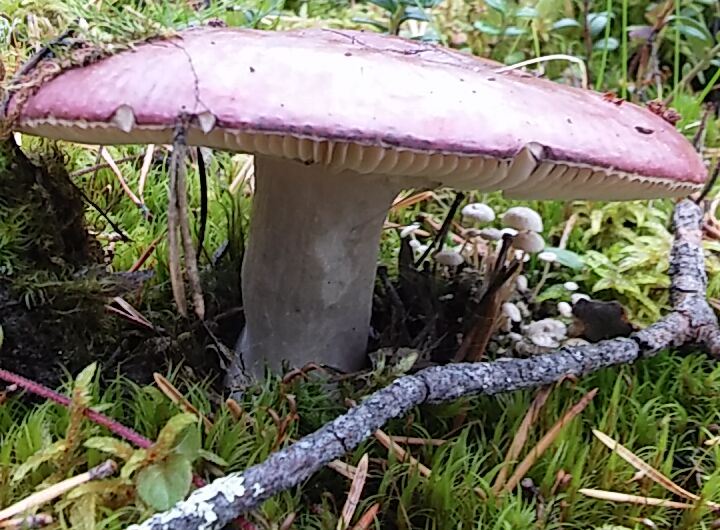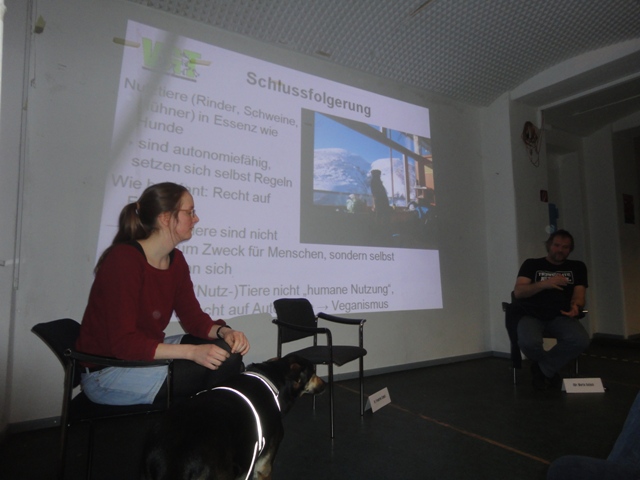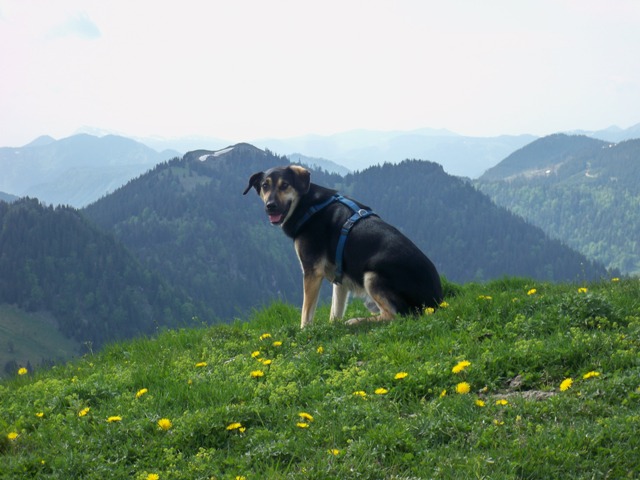In the New Scientist issue of 30th September 2017, author Curtis Abraham from Uganda asks the question, if we as a technological mass society should force uncontacted tribes of aboriginal peoples into our global human civilisation or leave them be and act as they wish. I think this is a very interesting question with a lot of implications for speciesism and especially the view that humans should intervene in wildlife. The arguments for the interventionist perspective are essentially that our global human society has introduced human rights (and might introduce more generally animal rights), which do not exist in the wild, be it human or non-human aboriginal life. And, the argument goes, only basic rights can prevent interpersonal violence, which it is our duty to prevent. So, yes, they say, we should intervene and extend human rights and police powers to uncontacted tribes of humans and extend animal rights and interventional forces to nonhuman wild living animals. I have argued to the contrary, see https://martinballuch.com/a-summary-why-life-in-the-wilderness-is-better-than-in-a-technological-mass-society/.
Indeed, all statistics show that despite all world wars, interpersonal violence leading to the death of humans is a lot higher in wild living human tribes than in technological mass societies. On the other hand, it is equally undisputed by many investigations that, invariably, individual members of wild living tribes are happier and feel that they live a more fulfilling life than members of a technological mass society. What does the author of New Scientist say?
Abraham has a very clear opinion: leave uncontacted tribes alone, however much they inflict murder and warfare amongst each other. Indeed, he says that there are still more than 100 uncontacted peoples living mostly in the forests of Central Africa, South America and New Guinea. Historically, contact to uncontacted tribes often lead to violence against the aborinal people. In 2014, for example, the Sapanaga indians were massacred by illegal loggers and common diseases like influenza and measles, for example, often prove fatal because the wild living people have little to no immunity against them, as those diseases do not exist outside mass societies. Even when well meaning humans draw wild living people into their technological mass society, in order to protect them and let them benefit from modern medicine, the reality is, says the author, that the wild living people end up on the lowest rung of the ladder, often as beggars and prostitutes. “History shows that these groups end up in a far worse state after contact. Many succumb to addiction to alcohol or drugs.”
But even aside this practical experience, Abraham argues that it is a matter of self-determination and autonomy. The choice if some people want contact must be left entirely to themselves. Instead, their land should be safeguarded from intrusion and not be included in the general drive to use every resource possible in nature. This would be according to a 2007 UN declaration on indigenous rights. Abraham adds the observation that this would also benefit the outside world, because we would have a lot to learn from those people their way of living. It is simply arrogant to assume that “our” way of life is superior.
Those people, who sympathize with this view, will have to agree, if they are not speciesist, that it also applies to wild living non-humans. It should also be their choice, if they want to come into technological mass societies, and we should also protect their land from profit hungry invasion by capitalist enterprises. And it is also true that those non human animals would have a lot to teach us by the way they are living and how they view the world. It would be equally arrogant to assume that “our” human way of life is superior.




Terrestrial mammal biomass on earth looks like this:
http://www.kalaharilionresearch.org/2015/01/16/human-vs-livestock-vs-wild-mammal-biomass-earth/
.
Civilized humans: 29%
Livestock slaves (vegetarians) living in concentration camps: 66%
Wild animals and humans: 5%
Of those 5% wild animals, approximately 10% or 0.5% are so called killers.
.
Predators or males fighting for mates. So called nature documentaries make it look as if nature if full of predators who kill all the time. More than 50% of documentary time is dedicated to something that only 0.5% on earth ever do.
.
I am not certain how interpersonal violence is being defined but when we look at bodily suffering on earth, most of it happens in concentration camps due to civilised Western humans. I assume that discussions regarding enforcing non-violence in the wild are purely hypothetical and assume that all of humanity has gone vegan first. Without this assumption, it looks very silly to look at the wild or to even discuss it. Livelong torture in concentration camps for entire species has to go, not the little free wild as we know it.
Yes, indeed a difficult question. I have seen what comes up if we interfere with Inuit in East Greenland. They live now in between two worlds. And cannot live neither the old nor the new life real. This causes problems like suicide, mostly in young people, alcoholism, child abuse…careless for nature, careless for their sled dogs…For me these people are almost lost. Climate change does the rest. It makes me always sad when I watch them…of course no excuse how they treat their dogs, these dogs saved their lifes since centuries. Now nothing is worthful, they throw away everything, the country is a dump. I hope they find the right way in this modern life.
“wild living non-humans. It should also be their choice, if they want to come into technological mass societies, and we should also protect their land from profit hungry invasion by capitalist enterprises.”
But how could we ever bring this in harmony with our attempt to design our environment to better suit our needs? Isn’t the viewpoint of leaving any wild life alone the same as saying we should refrain from any technology? Where should we draw the line? For example farming seems impossible to me if we do not want to take over the space of any wild life.